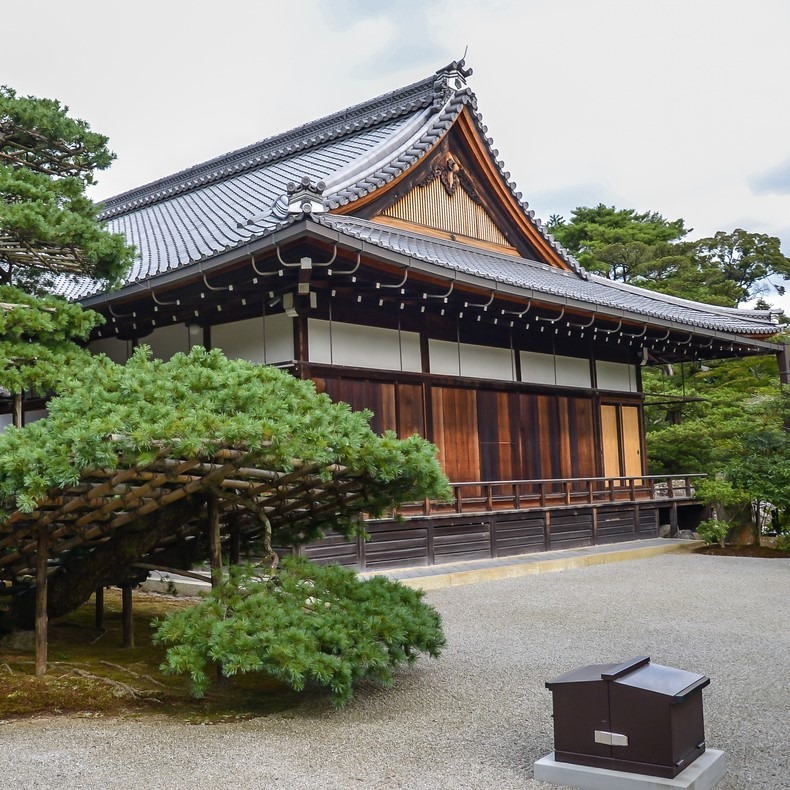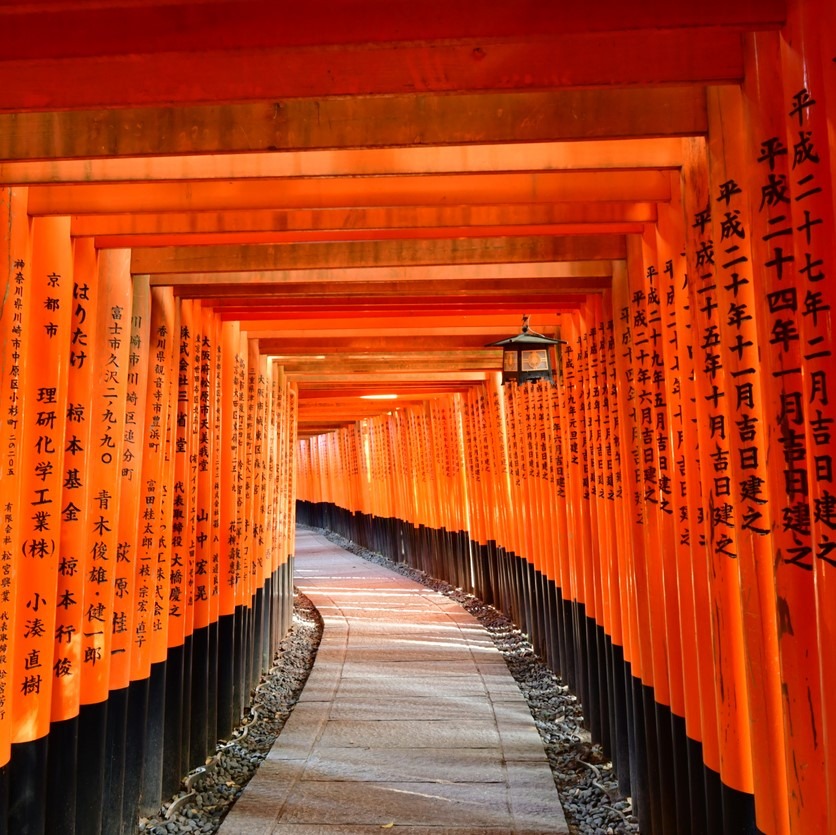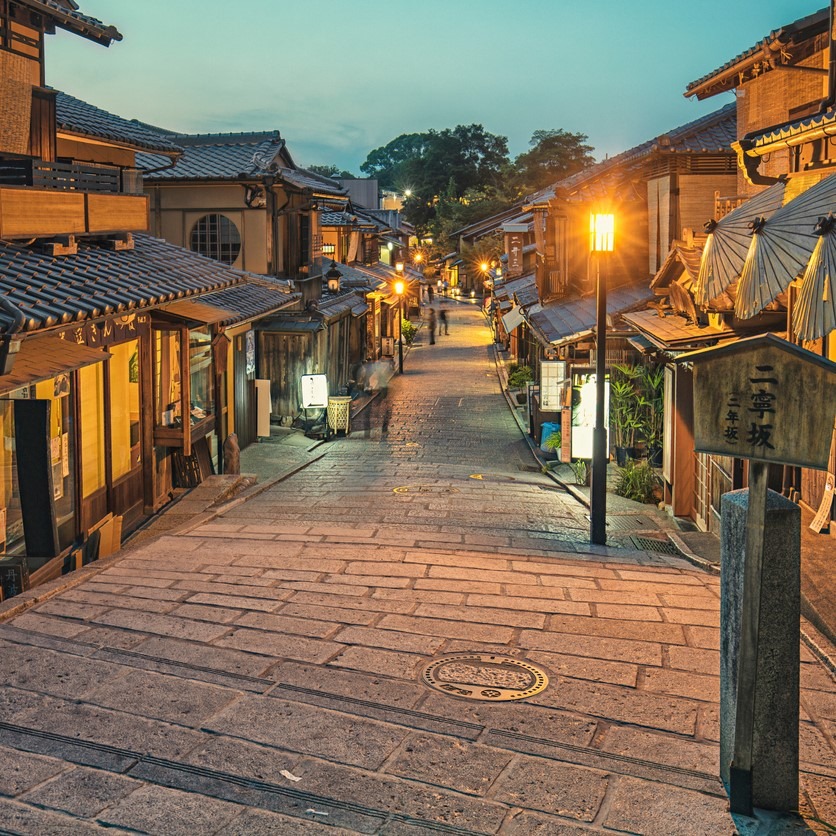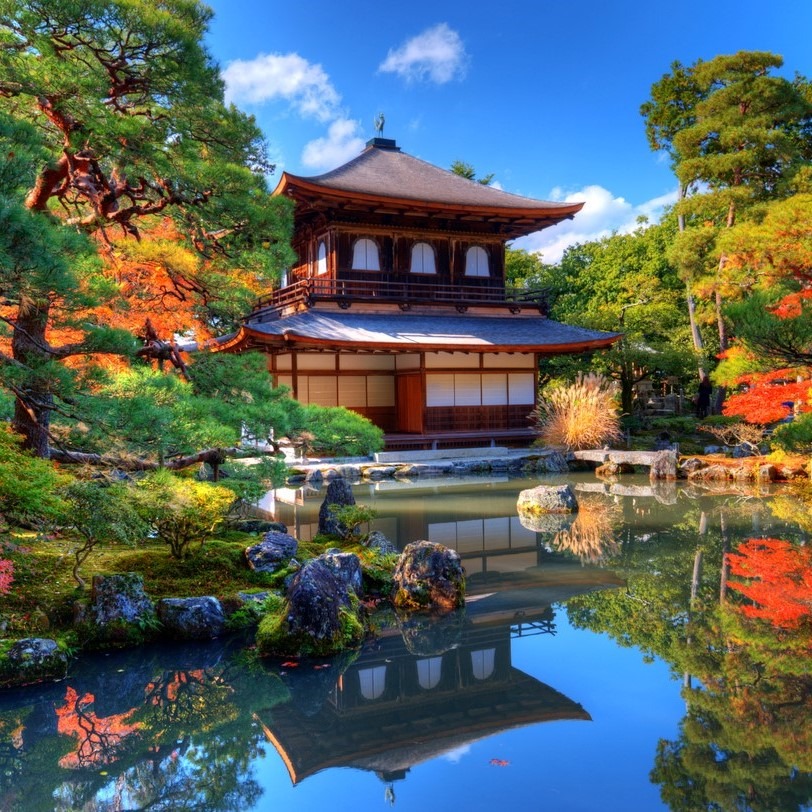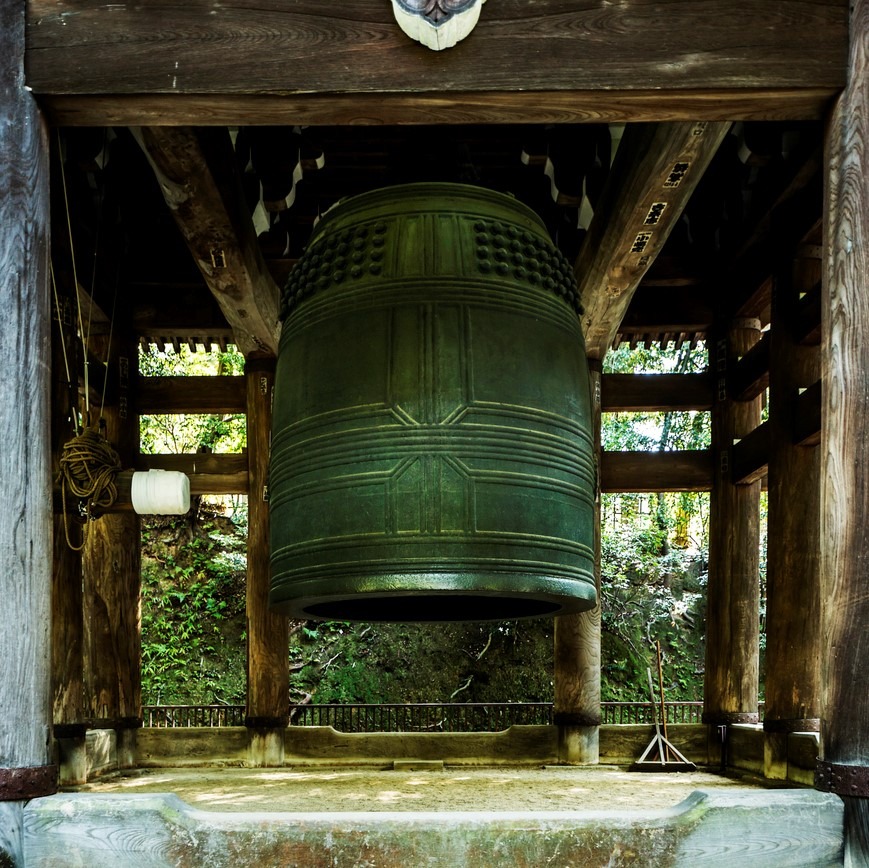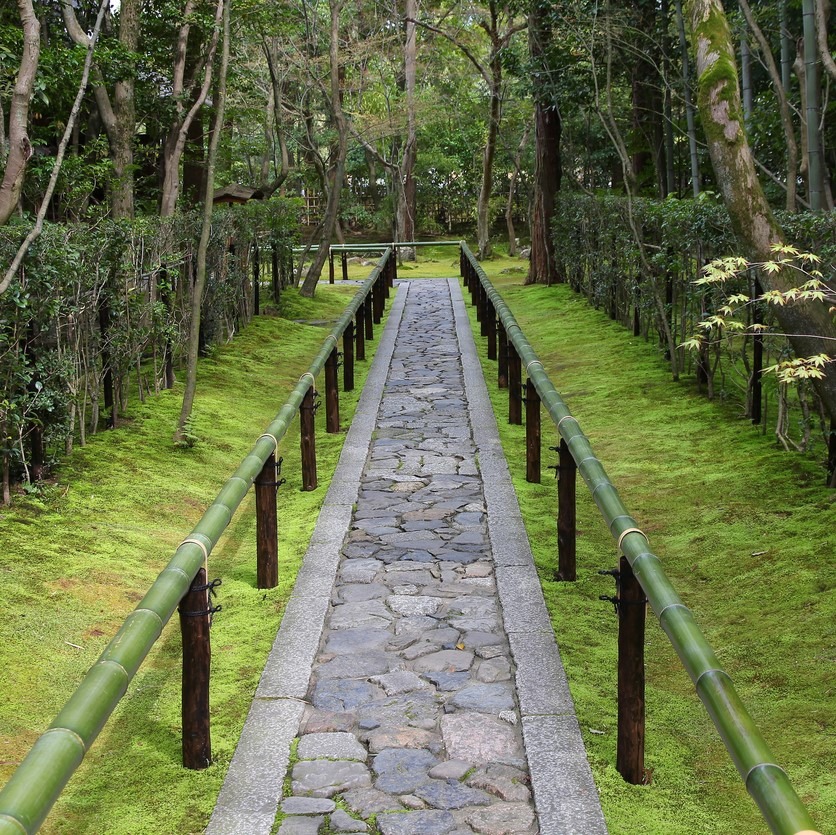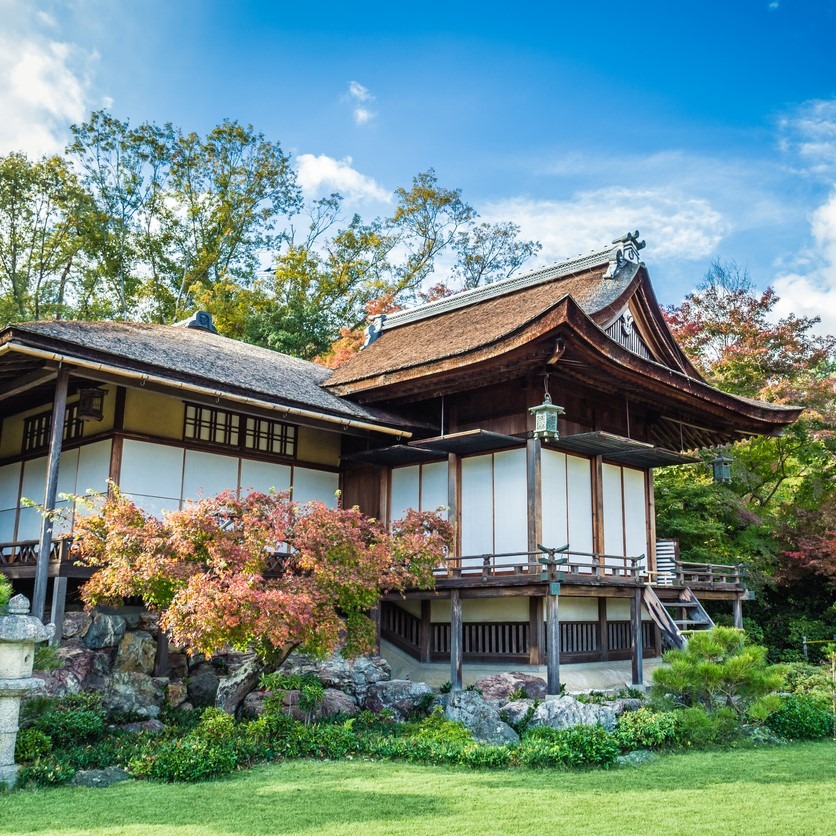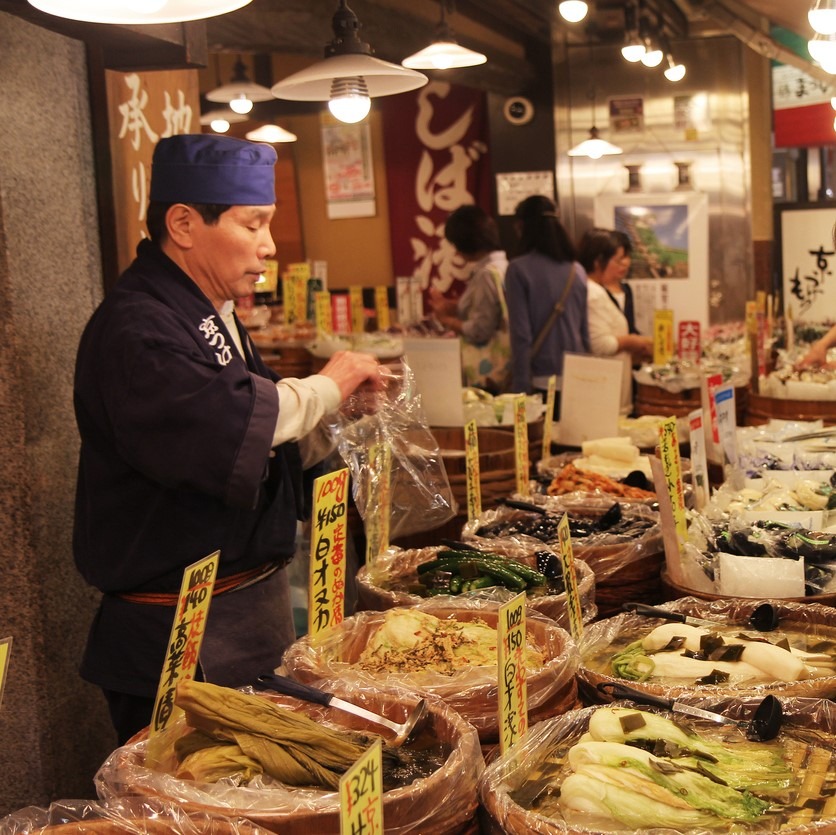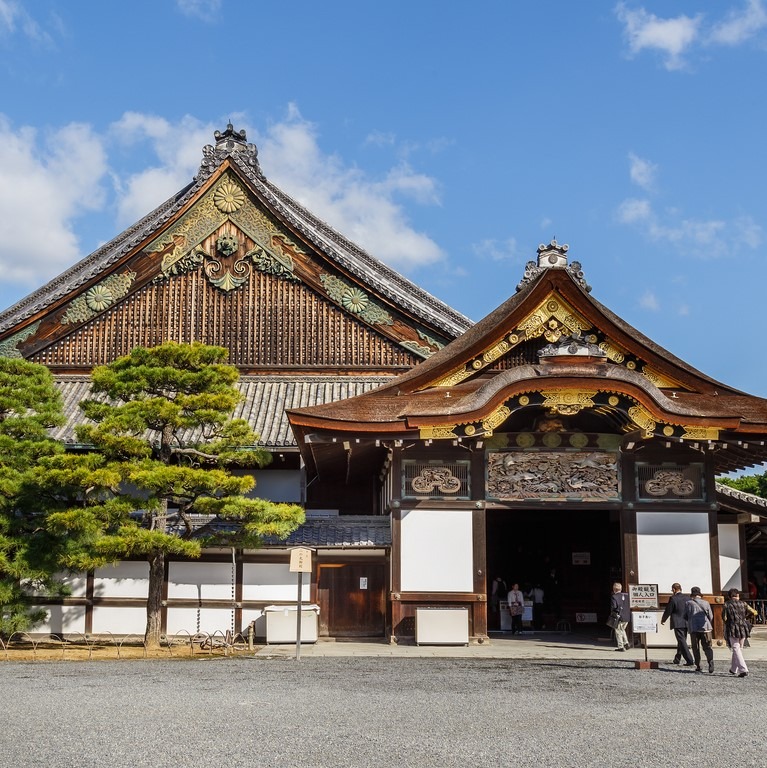Discover Kyoto
Over the centuries, Kyoto was destroyed by many wars and fires, but due to its exceptional historic value, the city was dropped from the list of target cities for the atomic bomb and escaped destruction during World War II. Kyoto served as Japan’s capital and the emperor’s residence from 794 until 1868. Countless temples, shrines and other historically priceless structures survive in the city today.
With over 2000 temples and shrines: a city of true masterpieces of religious architecture. It’s where robed monks shuffle between temple buildings, prayer chants resonate through stunning Zen gardens, and the faithful meditate on tatami-mat floors. Even as the modern city buzzes and shifts all around, a waft of burning incense, or the sight of a bright vermillion torii gate marking a shrine entrance, are regular reminders that Kyoto remains the spiritual heart of Japan.
